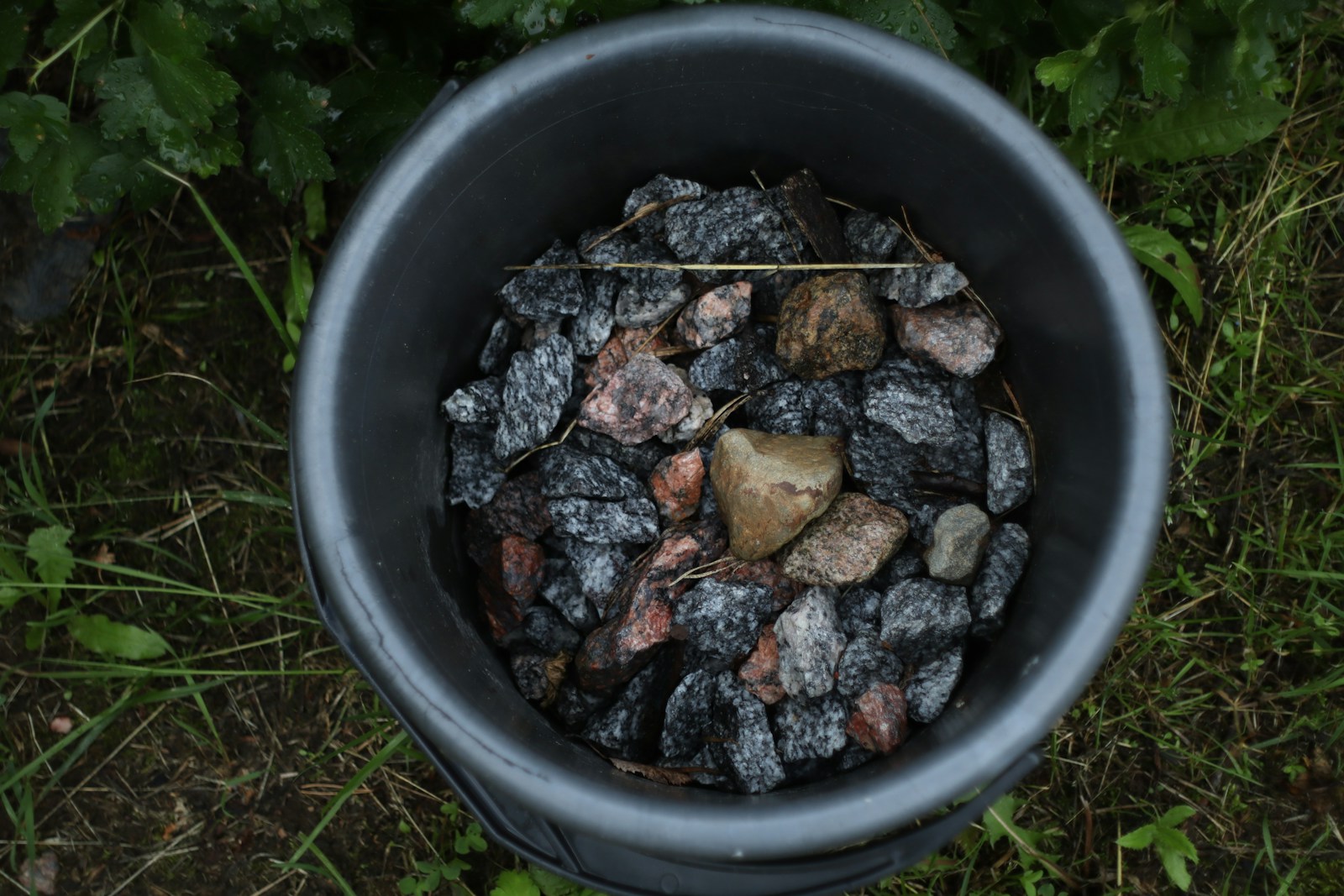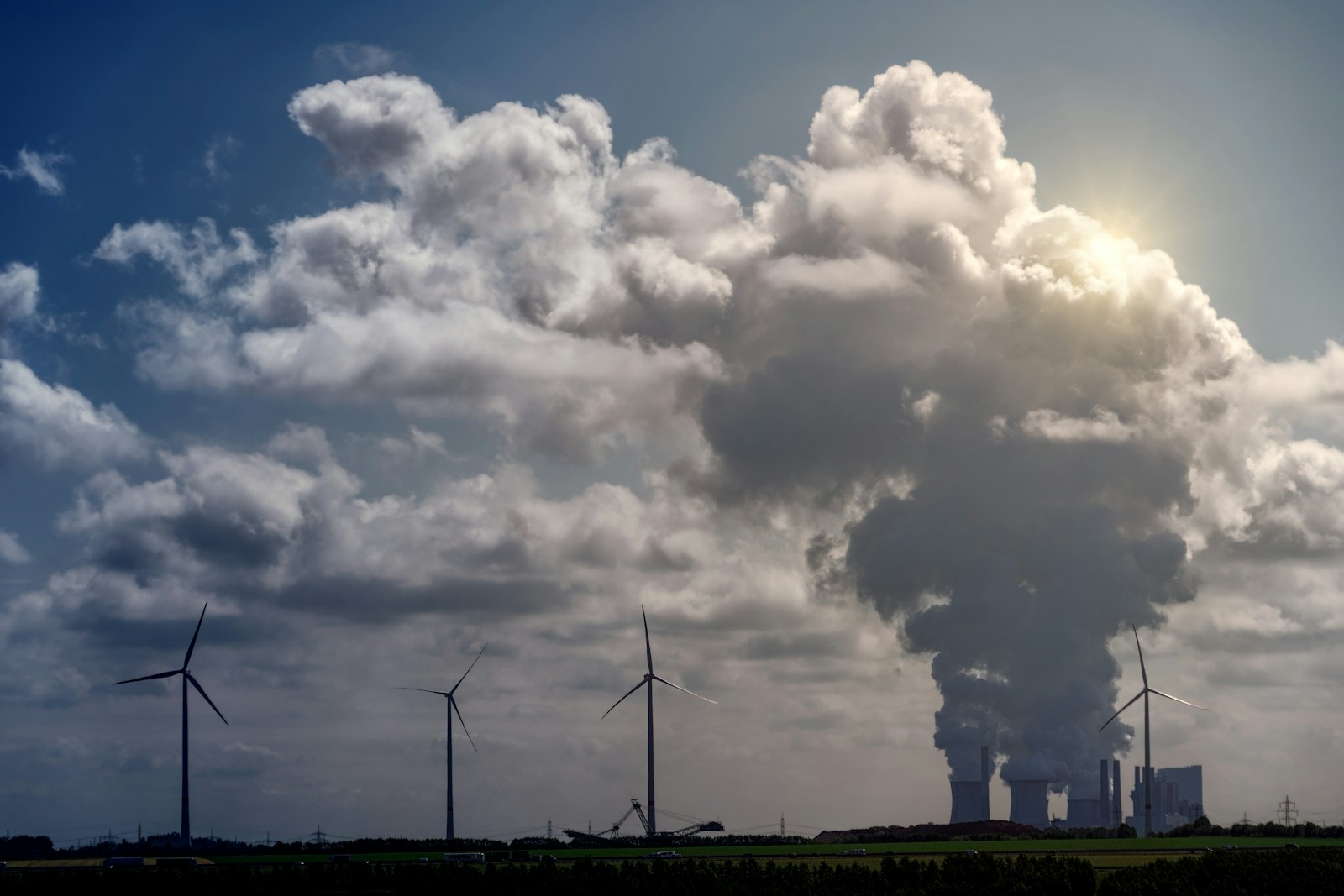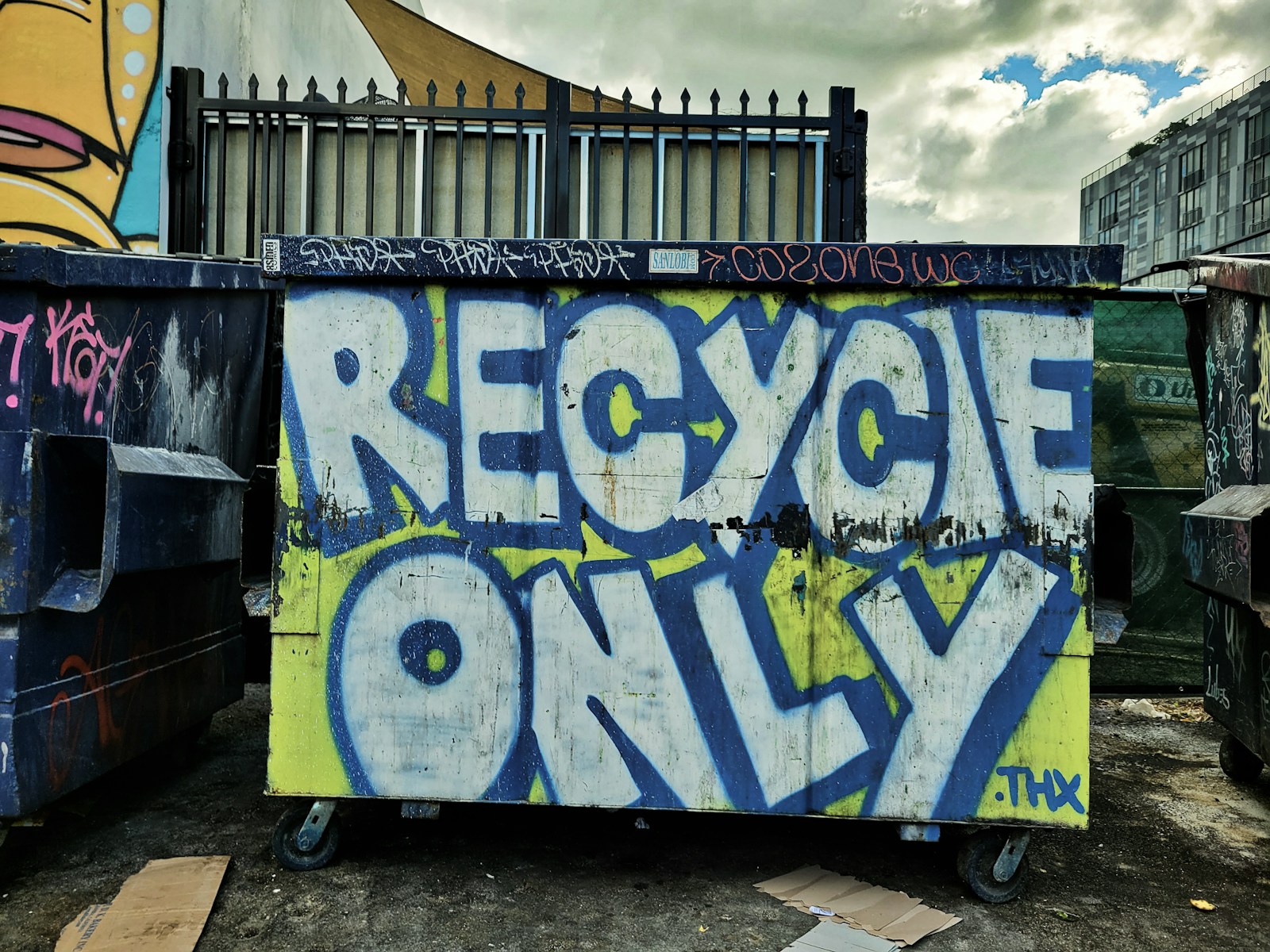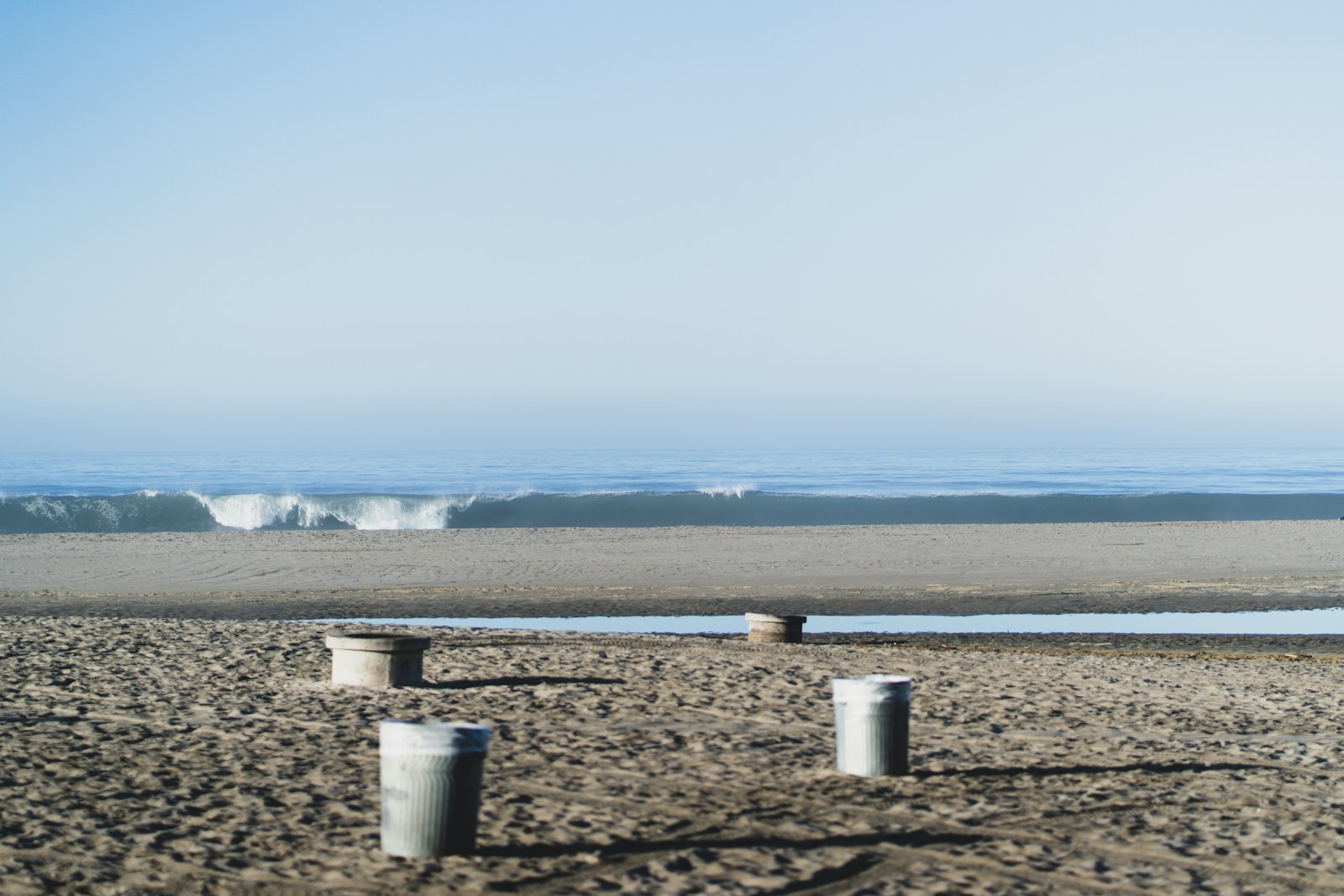Burning Trash for Power: A Silver Bullet for Waste or a Toxic Distraction?

Every day, our society produces mountains of municipal solid waste. For decades, the primary solution has been to bury it in landfills, vast repositories of our throwaway culture that leach pollutants into the groundwater and release potent methane gas into the atmosphere. As landfill space becomes scarcer and more expensive, cities are desperately seeking alternatives. One of the most technologically advanced and controversial solutions is Waste-to-Energy (WtE), a process that uses trash as a fuel to generate electricity. In countries like Sweden, Denmark, and Japan, WtE is a cornerstone of waste management, a seemingly magical process that transforms a liability into an asset. But is burning trash a sustainable silver bullet, or a toxic distraction from the real goal of a circular economy?
Modern WtE plants are a far cry from the simple incinerators of the past. They are highly complex power plants. Trucks deliver waste to a large bunker, from which it is fed into a combustion chamber that burns at extremely high temperatures. The heat from this combustion boils water, creating high-pressure steam that turns a turbine to generate electricity. The process is not just about burning; it's about cleaning. The flue gases produced during combustion pass through a sophisticated series of scrubbers, filters, and catalysts that are designed to remove a wide range of pollutants, including acid gases, nitrogen oxides, heavy metals like mercury and lead, and highly toxic organic compounds like dioxins and furans.
The arguments in favor of modern WtE are compelling. First, it dramatically reduces the volume of waste, by up to 90%, significantly extending the life of existing landfills. Second, it generates a reliable source of baseload energy, contributing to the power grid. When compared to landfilling, WtE is often a better option from a climate perspective. While burning trash does release CO2, it avoids the release of methane from landfills, a greenhouse gas that is far more potent in the short term. The process can also recover metals from the bottom ash for recycling, metals that would have otherwise been lost in a landfill.
However, the opposition to WtE is fierce and well-founded. Despite advanced pollution control technology, environmental justice advocates argue that no system is perfect. They worry about the potential for the release of ultra-fine particles and other toxic emissions, and point out that these facilities are disproportionately sited in low-income communities and communities of color, placing an unfair environmental burden on vulnerable populations. There is also the issue of the toxic fly ash captured by the pollution control systems, which is a hazardous waste that must be carefully disposed of in specialized landfills.
Perhaps the most significant criticism is that WtE undermines the principles of a circular economy. The business model of a WtE plant relies on a continuous, high-volume stream of waste. This creates a powerful economic incentive to keep producing and burning trash, rather than investing in more fundamental solutions like waste reduction, reuse, and recycling. If a city has invested hundreds of millions of dollars in a WtE plant, it may be less motivated to implement aggressive composting programs or ban single-use plastics, as these initiatives would divert "fuel" from its power plant. The high heat of combustion also destroys materials that could have been recycled, treating them as a disposable fuel rather than a valuable resource.
The role of Waste-to-Energy in a sustainable future is a subject of intense debate. It is not a clean energy source in the same category as wind or solar. However, it may be a better option than the current default of landfilling. The most sensible approach may be to view WtE as a transitional technology, a last resort for the residual waste that cannot be reduced, reused, or recycled. For WtE to be part of a truly sustainable system, it must be coupled with aggressive upstream policies that prioritize waste prevention and recycling above all else. Without that commitment, we risk building expensive infrastructure that locks us into a linear "take-make-burn" economy for decades to come.



